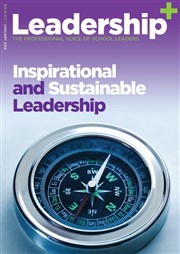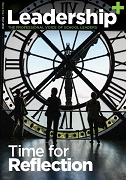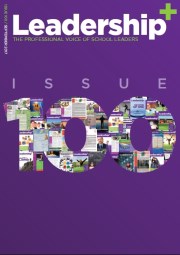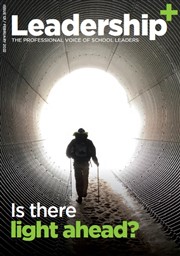Digital map plots the sites for new schools
- Published: 03 October 2008
By John Walshe Education Editor
State-of-the-art colour-coded mapping technology is now being used to help the Department of Education and Science work out where 100,000 new school places will need to be created over the next seven years.
The highly sophisticated new Geographical Information System (GIS) allows the department's planning and building unit to use an up-to-date technical solution to help plan the location of schools in the future.
"The GIS is essentially a digital image of the country using various sources of population-related data that gives us school locations and the location of potential gaps in current or future provision," Education Minister Batt O'Keeffe told the Irish Independent.
The GIS facility can produce various data sets on an ongoing basis that will allow the department to track changes in local populations.
"In this way, we are able to feed relevant population and school-related information into the GIS and produce maps showing the catchment areas of each school and the rate of population growth in their area," said Mr O'Keeffe.
The latest information from the Central Statistics Office (CSO) indicated that the primary school-going population will increase by at least 10pc in the next decade, even with zero net migration and falling fertility rates.
Mr O'Keeffe said the 2007 CSO figure for births was 70,620 -- the highest since 1982 and about 30pc higher than the figure for 2000. This would have major implications for enrolment in junior infant classes in 2011. Population growth was projected to be most intense in areas along the east coast commuter belt, the greater Dublin area and in areas surrounding cities, including Cork.
The minister pointed out that his department's planning unit was working closely with local authorities in identifying where new schools were needed and in ensuring they were delivered as quickly as possible.
Meanwhile, his department yesterday released a new Area Development Plan for east Meath and south Louth. It will be used to guide decisions on school building projects over the next five years.
It charts the way forward for school planning until 2013 in Stamullen, Gormanston, Julianstown, Laytown/Bettystown, Mornington/Donnycarney (east Meath), Drogheda and Termonfeckin (south Louth).
Enrolment in the 26 primary schools in the Drogheda catchment area has increased by 40pc in a decade and is still growing. The education department has reserved three sites for primary schools in the north Drogheda area and a fourth may be needed to the north of the Northern Cross route.
Post-primary facilities will be needed in the north Drogheda environs as will a school at Laytown/Bettystown. The report recommends expansion of existing post-primary schools in the Drogheda area.
It says a post-primary school is opening in east Meath and a second one will be needed by 2018/19, which should be located in the Piltown, Colpe, Beamore area.



















































